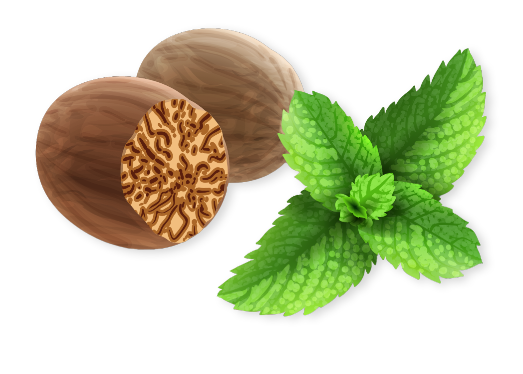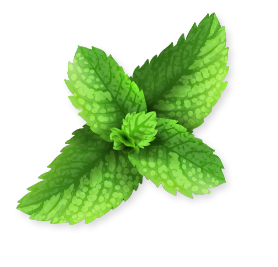Why do acne and pimples appear during adolescence period?
Tuesday, June 13, 2023Acne is a common skin condition that primarily affects adolescents, with approximately 85% of teenagers experiencing it to some degree. It’s characterized by pimples, blackheads, and whiteheads, which typically appear on the face, chest, and back. While acne can affect people of all ages, it’s particularly prevalent during adolescence due to the hormonal and physiological changes that occur during this period.
Factors Leading to Adolescent Acne
| Factor | Description |
|---|---|
| Hormonal Changes | The surge of androgen hormones like testosterone during puberty leads to increased sebum production and potential acne. |
| Sebaceous Gland Activity | Androgens cause sebaceous glands to enlarge and produce more sebum. |
| Bacterial Growth | Excess sebum and dead skin cells create a conducive environment for P. acnes bacteria, leading to inflammation and acne. |
| Slowed Skin Exfoliation | The skin’s natural exfoliation process can slow down during puberty, contributing to pore-clogging. |
Hormonal Changes and Acne
Hormonal fluctuations are the primary reason behind the appearance of acne during adolescence. During puberty, the body begins to produce more androgen hormones, such as testosterone, in both boys and girls. These hormones stimulate the sebaceous glands in the skin, causing them to produce more sebum, an oily substance that helps protect the skin.
The Role of Sebaceous Glands and Sebum
While sebum has a critical role in skin health, an overproduction can lead to issues. Excess sebum can combine with dead skin cells to clog the pores, creating an environment where bacteria can thrive. The most common bacteria associated with acne is Propionibacterium acnes (P. acnes).
Bacterial Overgrowth and Inflammation
When P. acnes bacteria become trapped in a clogged pore, they can multiply quickly due to the excess sebum, which they use as a food source. The bacteria produce waste products and fatty acids that irritate the pore’s walls, leading to inflammation – resulting in a raised, red pimple.
Slowed Skin Exfoliation
During adolescence, the skin’s natural process of exfoliation can slow down, causing dead skin cells to accumulate in the pores, contributing to clogging.
While these are the primary mechanisms behind adolescent acne, other factors can exacerbate the condition:
- Genetics: Those with a family history of acne are more likely to experience it.
- Diet: Some research suggests a link between acne and a diet high in refined sugars and dairy products.
- Stress: Stress can increase sebum production, leading to more breakouts.
- Poor Skin Hygiene: Not washing the face regularly or correctly can lead to an accumulation of oil and dead skin cells, promoting acne.
Managing adolescent acne involves a combination of proper skin care and, in some cases, medical treatments. Some individuals also explore alternative options like Ayurvedic treatment in Kerala, which focuses on balancing hormones, detoxifying the body, and promoting skin health through natural remedies and holistic approaches.
- Proper Skin Hygiene: Regular washing, especially after sweating, can help control oil production and remove skin cell buildup.
- Over-the-Counter Products: Many products containing ingredients like benzoyl peroxide or salicylic acid can help manage mild to moderate acne.
- Prescription Treatments: For severe or persistent acne, a dermatologist might recommend prescription medications.
In conclusion, while adolescent acne is common due to the hormonal and physiological changes occurring during puberty, understanding its causes and maintaining a good skincare routine can help manage this condition effectively. For persistent or severe acne, it’s advisable to consult with a doctor for specialized treatment options.
You can write to us.
BOOK APPOINTMENT



























